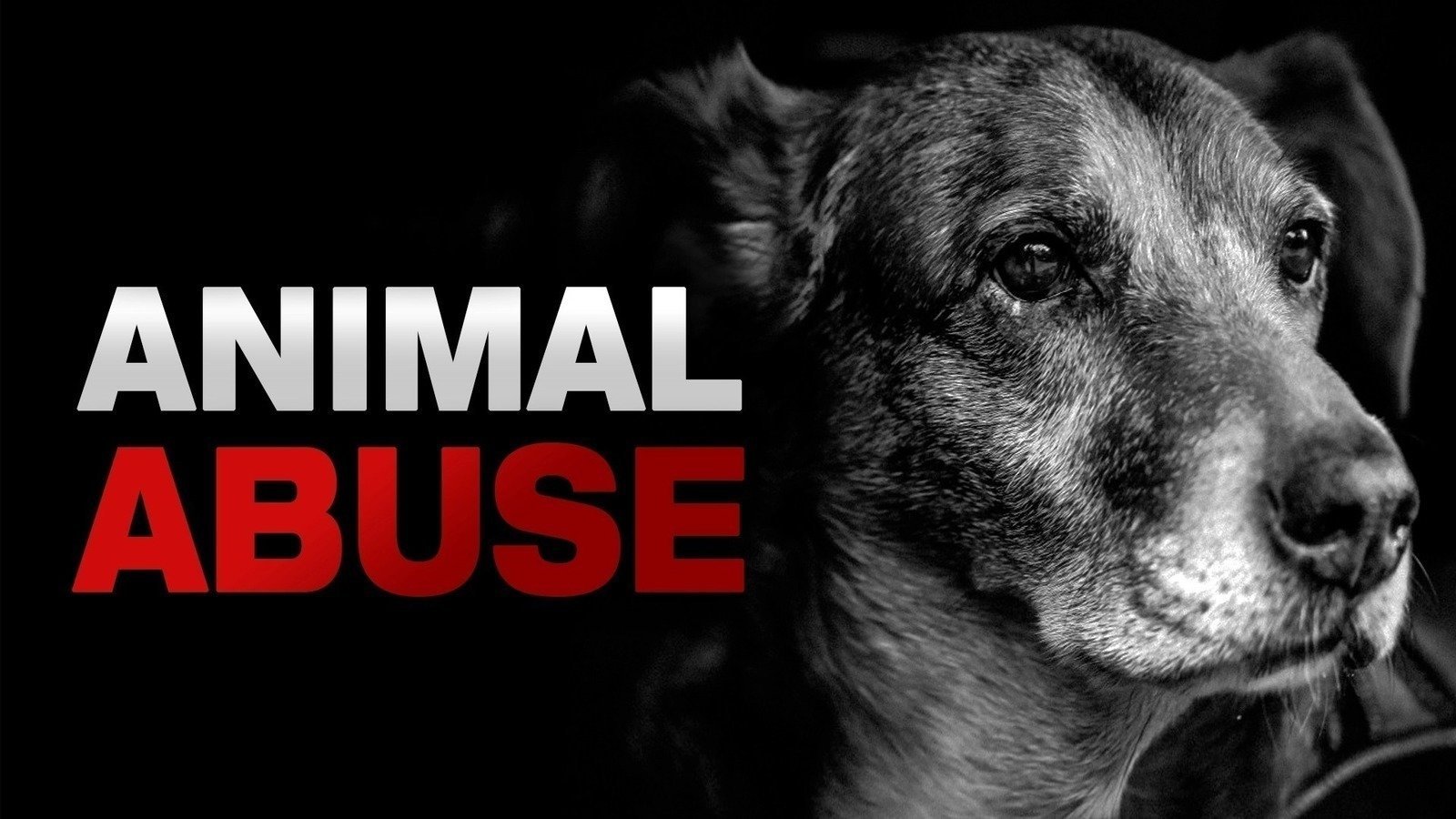In the intersection of humanitarian crises and animal welfare, a poignant debate emerges: should we prioritize addressing the plight of abused animals over that of starving children? This dilemma is particularly pressing today, as images of emaciated children and neglected animals flood social media feeds, inciting waves of compassion and outrage. Both issues tug at the heartstrings, yet they pose different ethical questions and evoke varying societal responses. Exploring this complexity reveals the multifaceted nature of empathy and moral duty.
To navigate this intricate discourse, one must first define the respective realms of concern. On one hand lies the acute and often catastrophic reality faced by millions of children around the globe—an existence marked by hunger, malnutrition, and the specter of poverty. Stats tell a troubling story: according to the United Nations, approximately 690 million people experience hunger, and millions of children die from preventable causes related to malnutrition every year. These figures paint a grim tableau, a veritable cacophony of suffering manifesting in fragile bodies and empty bellies.
Conversely, on the other hand, we encounter the distressing realm of animal abuse. This encompasses a vast array of heinous acts, from systemic cruelty within industrial farming environments to the deplorable conditions of neglected pets. In the United States alone, millions of animals fall victim to maltreatment, with organizations tirelessly working to curb this epidemic. Each statistic represents an individual life, an innocent being suffering at the hands of human negligence or malevolence.
Thus, what unites these two areas is a shared essence of vulnerability. Both abused animals and starving children are voiceless victims caught in the machinations of societal neglect and indifference. Yet, their plight raises a critical question of moral prioritization. Should we extend greater empathy towards one over the other? Should we, by virtue of our human-animal dichotomy, be inclined to favor our fellow humans, relegating animal welfare to a secondary concern?
One could argue that the preferential moral obligation lies with starving children. The rationality behind this assertion is grounded in the ethical framework of sentientism, which posits that sentient beings—those capable of suffering—deserve consideration, with humans taking precedence due to our intrinsic responsibility towards one another. The implications of this stance suggest that children possess an irrefutable claim to our resources, compassion, and activism. After all, a child holds the potential for an entire future, and to neglect their hunger is to forsake hope.
However, this perspective demands an interrogation of its underlying assumptions. By viewing the issues in a binary manner, we risk diminishing the inherent value of all life. To contend that abused animals deserve less attention is to strip away the nuances of shared suffering. Indeed, an abused animal, whether a battered dog or a languishing cat, embodies the consequences of a moral failing that permeates our society. The cruelty visited upon them parallels the indifference directed towards children in a way that cross-pollinates empathy.
In contemplating these overlapping spheres of victimization, we enter a space rich with metaphor. Picture a grand tapestry, intricately woven with threads of human suffering and animal cruelty, each line resonating with the vibrations of despair and yearning for preservation. Pull one thread, and the entire fabric shifts. Wretchedness, after all, is not a zero-sum game. A society that honors the sanctity of animal life is likely to adopt a broader perspective on compassion, extending care to every vulnerable entity within its purview.
Moreover, the detrimental impact of neglect is not confined to singular categories. Fostering an ethic of care towards animals often translates into a more compassionate response to human suffering. Initiatives that address animal rights can seed broader engagement with social justice issues, compelling communities to enact change across the spectrum. There exists a symbiotic relationship between the fight against animal cruelty and advocacy for human welfare, where victories in one domain reverberate in the other.
Thus, the query shifts from which group we ought to privilege to how we can amalgamate our passions into a more cohesive and comprehensive approach to care. It beckons us to consider how acts of kindness towards animals can enhance our sensitivity to human plight. Volunteer at an animal shelter, feed a stray, or advocate for animal protection laws; these actions not only combat cruelty but cultivate a spirit of empathy that can ultimately spill over into humanitarian efforts.
In this light, it becomes evident that comparing the suffering of abused animals and starving children may be less about choosing sides and more about recognizing the interconnectedness of compassion. An ethical framework that promotes a holistic view of suffering will lead us to understand that the guardianship of all beings—human and animal alike—is an imperative born of a shared moral obligation.
In conclusion, the question of whether we should care more about abused animals or starving children is fraught with complexity, inviting nuance and perspective. Rather than enshrining one over the other, the path forward lies in acknowledging the intertwining destinies of both. True compassion knows no bounds; it flourishes at the nexus of humanity and animalia, forging a future where empathy becomes the common denominator in our pursuit of a just world.







